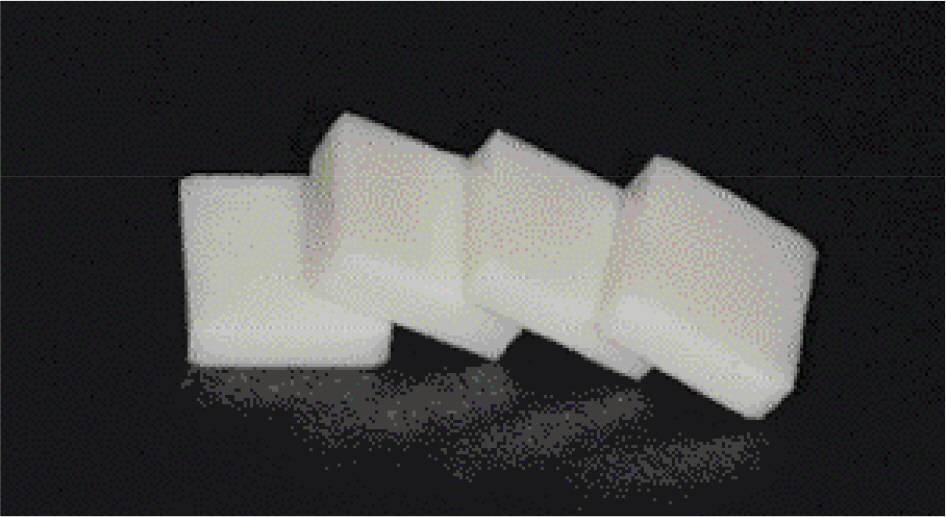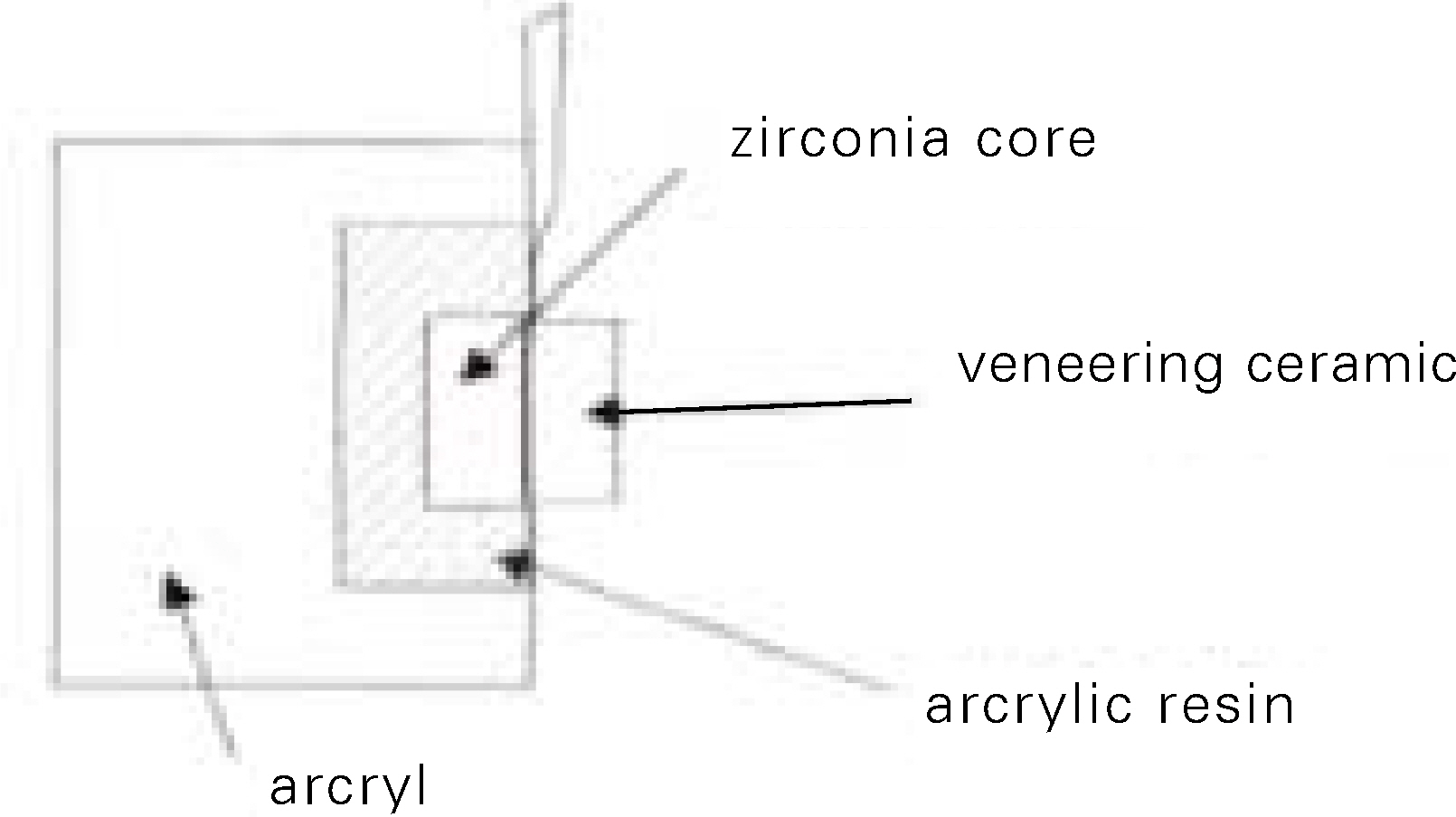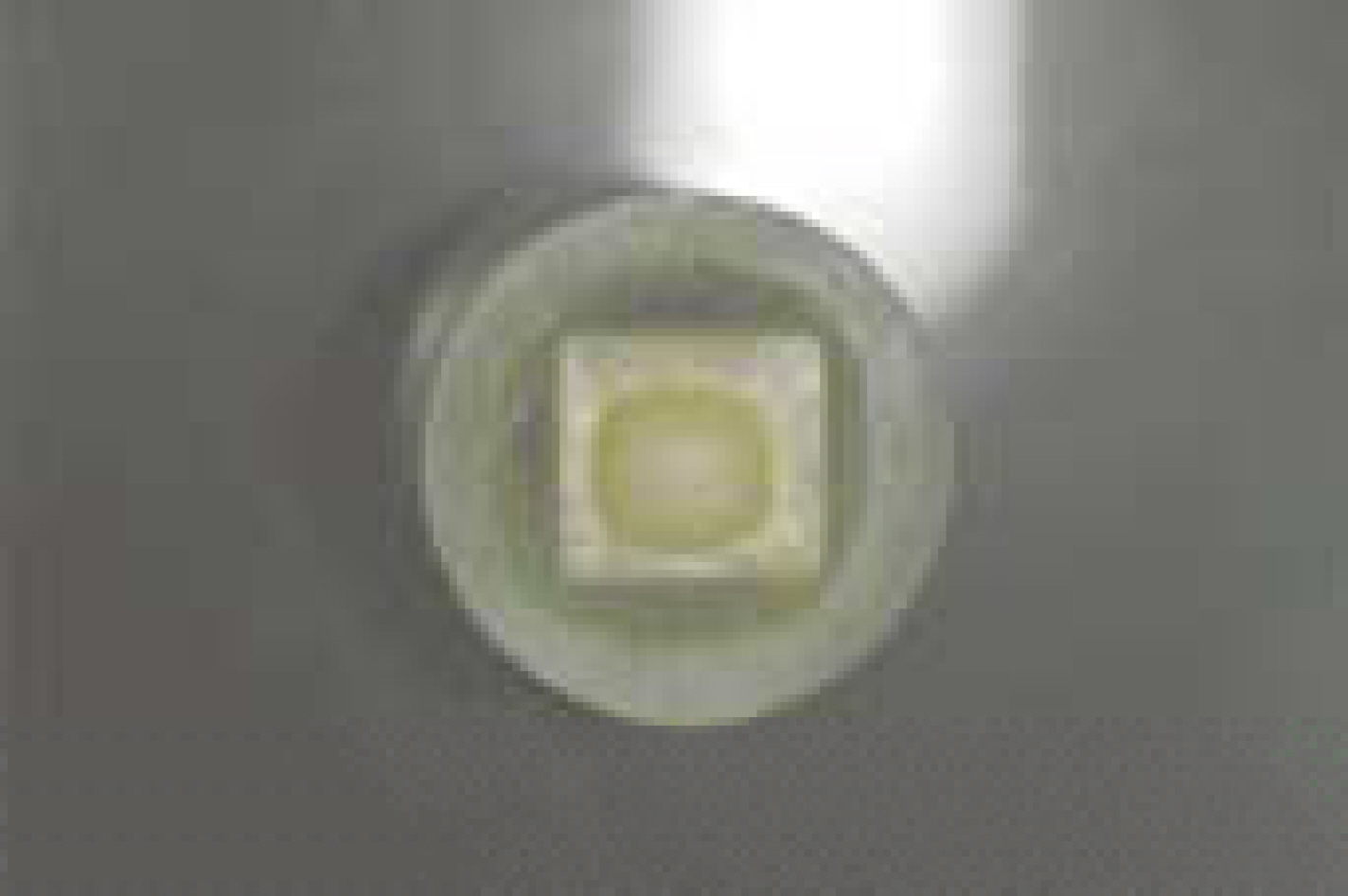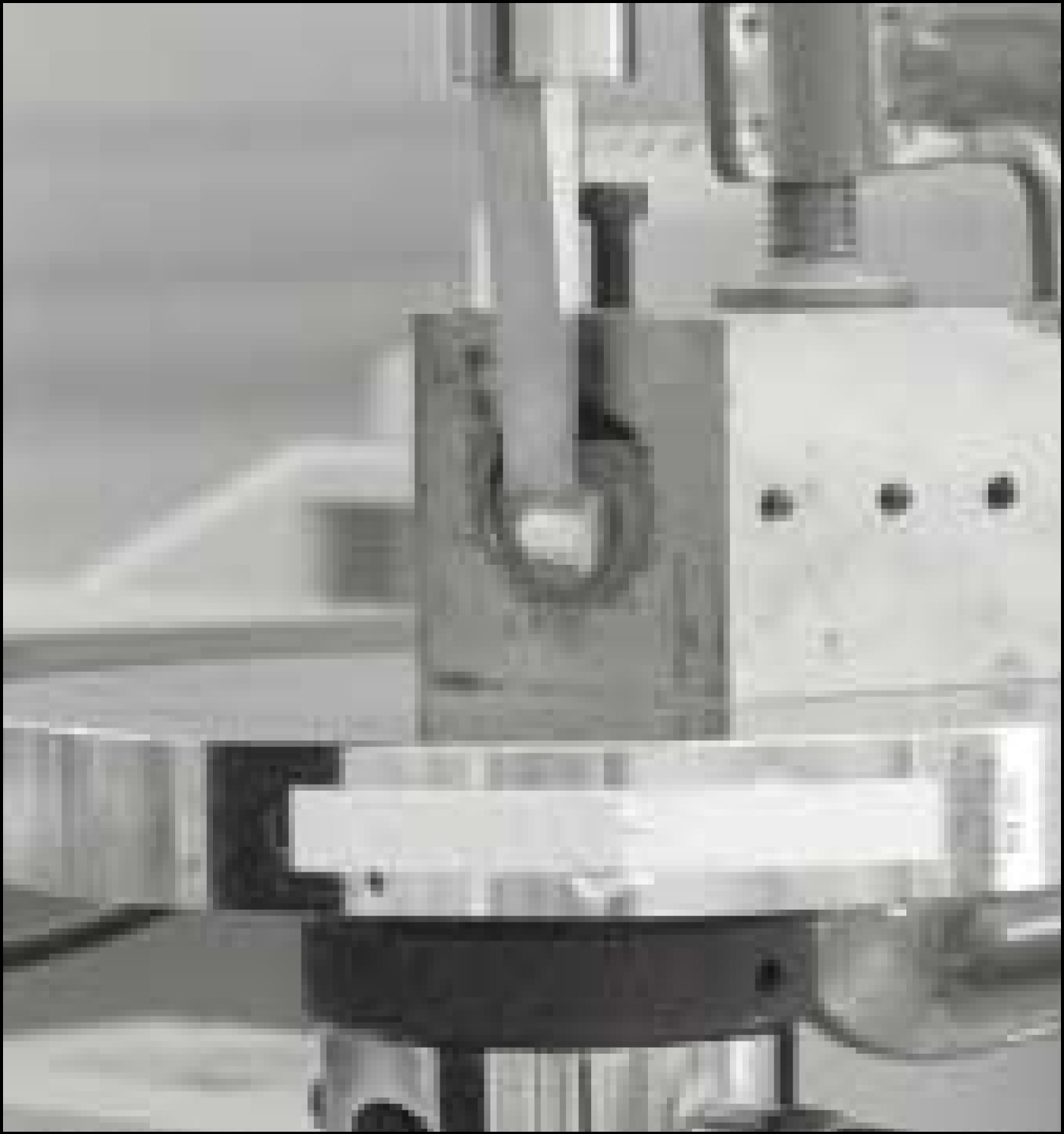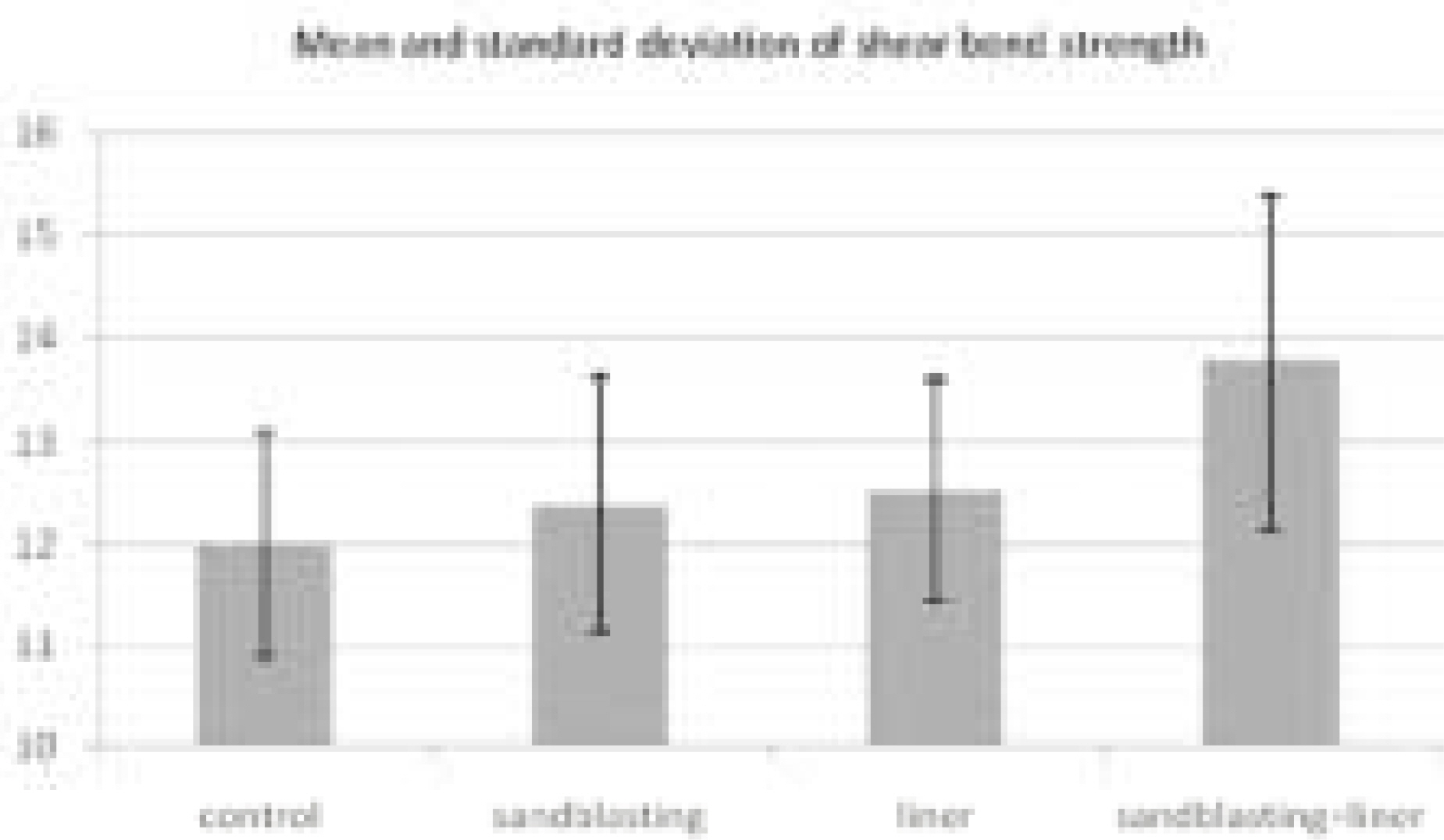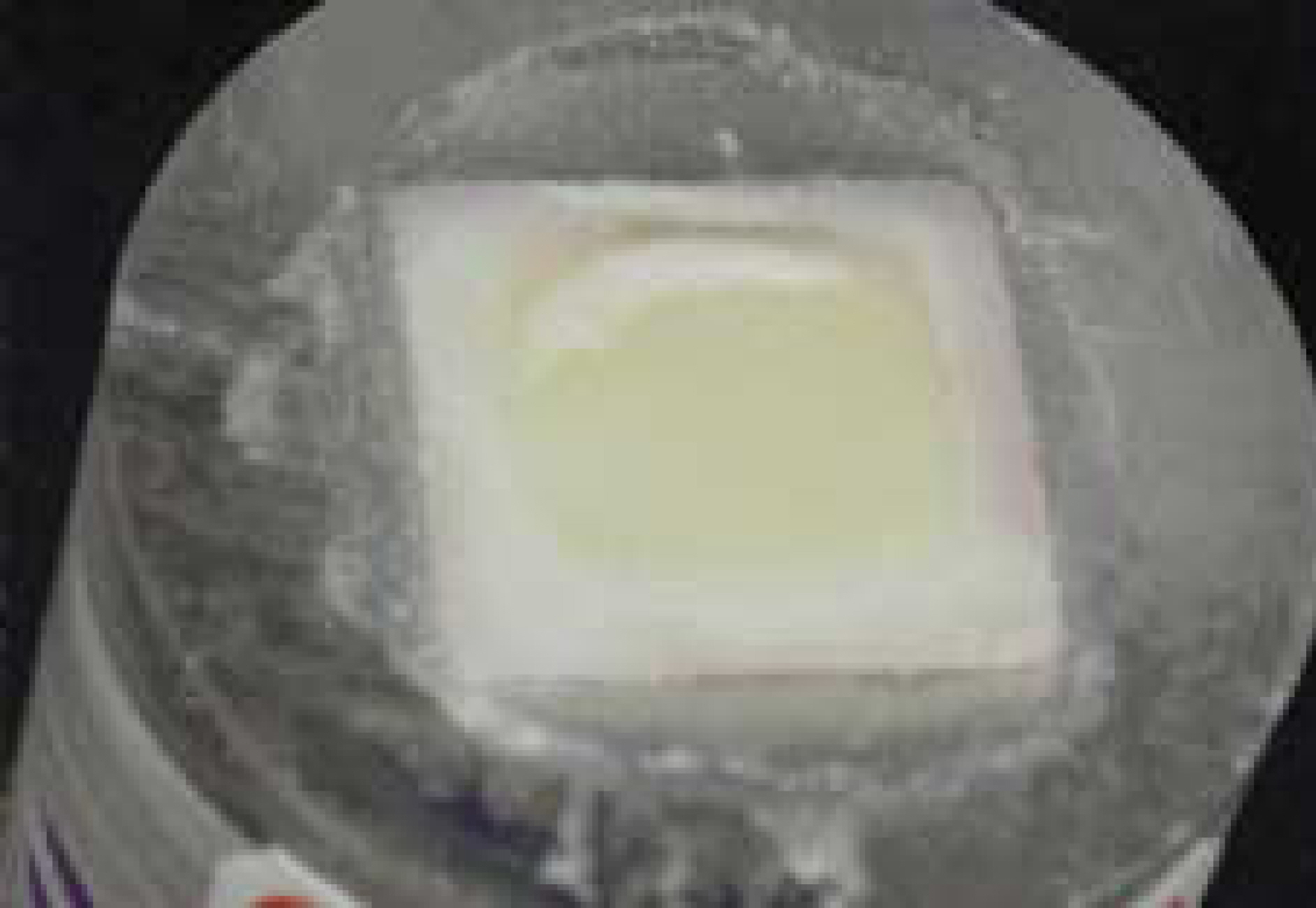J Korean Acad Prosthodont.
2009 Apr;47(2):199-205. 10.4047/jkap.2009.47.2.199.
Effect of surface treatmet on the shear bond strength of a zirconia core to veneering ceramic
- Affiliations
-
- 1Department of Esthetic Restorative Dentistry, Graduate School of Clinical Dentistry, Korea University, Korea. koprosth@unitel.co.kr
- KMID: 2195617
- DOI: http://doi.org/10.4047/jkap.2009.47.2.199
Abstract
- PURPOSE
The purpose of this research was to evaluate the shear bond strength between zirconia core and veneer ceramic after surface treatment. MATERIAL AND METHODS: Zirconia cores (N = 40, n = 10, 10 mm x 10 mm x 3 mm) were fabricated according to the manufacturers??instructions and ultrasonically cleaned. The veneering ceramics (thickness 3 mm) were built and fired onto the zirconia core materials. Four groups of specimens with different surface treatment were prepared. Group I: without any pre-treatment, Group II: treated with sandblasting, Group III: treated with liner, Group IV: treated with sandblasting and liner. The shear bond strength was tested in a universal testing machine. Data were compared with an ANOVA and Scheffe post hoc test (P = .05). RESULTS: The shear bond strength of group VI was significantly higher than the other groups. CONCLUSION: Both mechanically and chemically treated simultaneously on zirconia core surface influenced the shear bond strength between the core and veneering ceramic in all-ceramic systems.
Keyword
Figure
Reference
-
1.Du ¨ ndar M., Ozcan M., Go ¨kc¸e B., Co ¨mlekog ̆lu E., Leite F., Valandro LF. Comparison of two bond strength testing methodologies for bilayered all-ceramics. Dent Mater. 2007. 23:630–6.2.Al-Dohan HM., Yaman P., Dennison JB., Razzoog ME., Lang BR. Shear strength of core-veneer interface in bilayered ceramics. J Prosthet Dent. 2004. 91:349–55.
Article3.Daftary F.., Donovan T. Effect of four pretreatment techniques on porcelain-to-metal bond strength. J Prosthet Dent. 1986. 58:535–40.
Article4.Kelly JR. Clinically relevant approach to failure testing of all-ceramic restorations. J Prosthet Dent. 1999. 81:652–61.
Article5.Braga RR., Ballester RY., Daronch M. Influence of time and adhesive system on the extrusion shear strength between feldspathic porcelain and bovine dentin. Dent Mater. 2000. 16:303–10.
Article6.Derand T., Molin M., Kvam K. Bond strength of composite luting cement to zirconia ceramic surfaces. Dent Mater. 2005. 21:1158–62.
Article7.Du ¨ndar M., Ozcan M., Co ¨mlekoglu E., Gu ¨ngo ¨r MA., Artunc¸ C. Bond strengths of veneering ceramics to reinforced ceramic core materials. Int J Prosthodont. 2005. 18:71–2.8.Aboushelib MN., Kleverlaan CJ., Feilzer AJ. Microtensile bond strength of different components of core veneered all-ceramic restorations. Part II: Zirconia veneering ceramics. Dent Mater. 2006. 22:857–63.9.Aboushelib MN., de Jager N., Kleverlaan CJ., Feilzer AJ. Microtensile bond strength of different components of core veneered all-ceramic restorations. Dent Mater. 2005. 21:984–91.
Article10.Borges GA., Sophr AM., de Goes MF., Sobrinho LC., Chan DC. Effect of etching and airborne particle abrasion on the microstructure of different dental ceramics. J Prosthet Dent. 2003. 89:479–88.
Article11.White SN., Miklus VG., McLaren EA., Lang LA., Caputo AA. Flexural strength of a layered zirconia and porcelain dental all-ceramic system. J Prosthet Dent. 2005. 94:125–31.
Article12.Sundh A., Molin M., Sjo ¨gren G. Fracture resistance of yttrium oxide partially-stabilized zirconia all-ceramic bridges after veneering and mechanical fatigue testing. Dent Mater. 2005. 21:476–82.
Article13.Guazzato M., Albakry M., Ringer SP., Swain MV. Strength, fracture toughness and microstructure of a selection of all-ceramic materials. Part II. Zirconia-based dental ceramics. Dent Mater. 2004. 20:449–56.
Article14.Sundh A., Sjo ¨gren G. A comparison of fracture strength of yttrium-oxide- partially-stabilized zirconia ceramic crowns with varying core thickness, shapes and veneer ceramics. J Oral Rehabil. 2004. 31:682–8.
Article15.Anusavice KJ., Dehoff PH., Fairhurst CW. Comparative evaluation of ceramic-metal bond tests using finite element stress analysis. J Dent Res. 1980. 59:608–13.
- Full Text Links
- Actions
-
Cited
- CITED
-
- Close
- Share
- Similar articles
-
- Shear bond strength of veneering ceramic to coping materials with different pre-surface treatments
- Shear bond strength of veneer ceramic and colored zirconia by using aqueous metal chloride solutions
- Shear bond strength of veneering porcelain to zirconia and metal cores
- Effects of coloring procedures on zirconia/veneer ceramics bond strength
- A study on the shear bond strengths of veneering ceramics to the colored zirconia core

